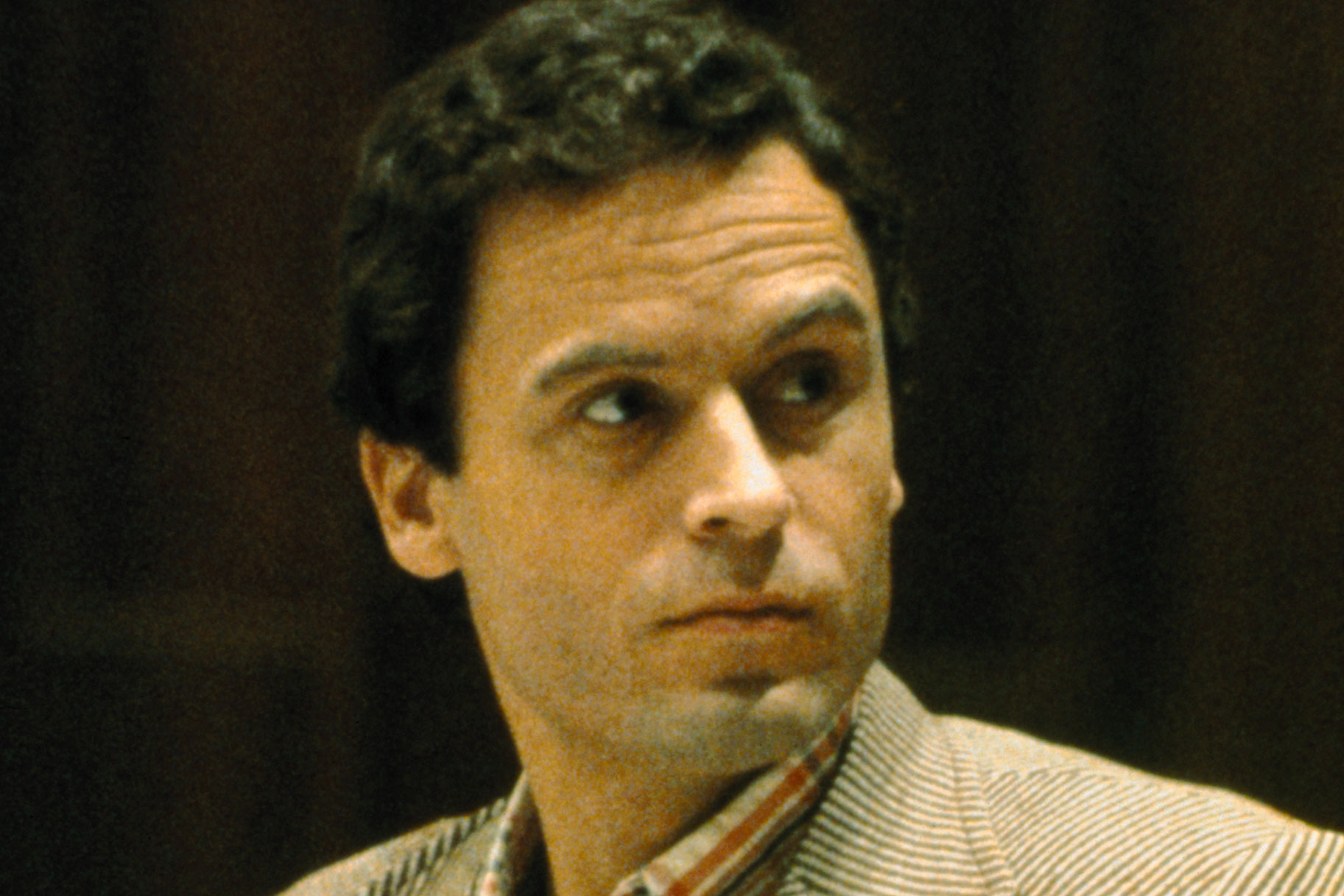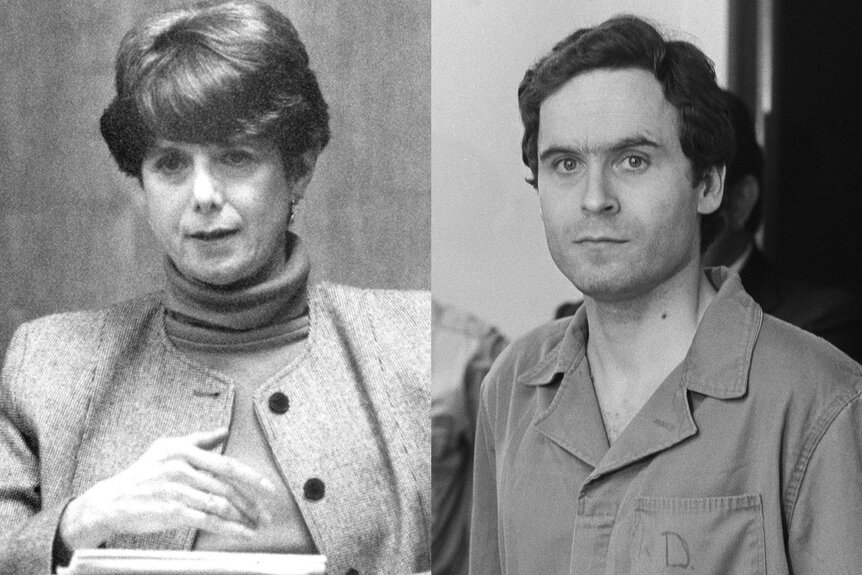Create a free profile to get unlimited access to exclusive videos, breaking news, sweepstakes, and more!
Why One Psychiatrist Believes Ted Bundy May Have Had Multiple Personalities
Psychiatrist Dr. Dorothy Lewis believes there is some evidence to suggest that serial killer Ted Bundy had dissociative identity disorder, formerly known as multiple personality disorder.

As serial killer Ted Bundy was being sentenced for the final time in 1980 for his killing spree, he told the judge he didn’t do it.
“I’m not asking for mercy for I find it somewhat absurd to ask for mercy for something I did not do,” he said, before the judge ordered him to be executed by electrocution.
Was this just a Bundy attempt to manipulate the judge and general public so they could question his guilt? Or did he truly believe that a different entity altogether was the culprit behind his horrid murder spree, which took the lives of at least 30 women over a four-year period in the mid-1970s?
Psychiatrist Dr. Dorothy Lewis, the subject of the new HBO docuseries "Crazy, Not Insane," believes that this quote may be evidence Bundy was possibly somewhere on the continuum of dissociative identity disorder, formerly known as multiple personality disorder, in which a person possesses two or more distinct personality states within them.
Following his sentence, Bundy did actually admit to being behind the horrific murders. He would often feign an injury to lure a woman into helping him before beating her and dragging her into his car. Then, after killing his victims, he'd sometimes have sex with their corpses, even days later.
After his confession, Lewis described an instance in which he came in to talk to her — she was one of the psychiatrists and criminologists he trusted enough to speak with — where his demeanor was completely different.
Bundy told her that “the person sitting before you never killed anyone,” Lewis recalled in “Crazy, Not Insane.”
“I don’t think that he is kidding or pretending that he’s innocent,” she told the producers. “I think that there is a Bundy state where he did not do any of those murders. In fact, he referred to the person who killed, he called that ‘the entity.’”
Bundy did indeed cast blame on an “entity” in his head for the murders, a force he claimed drove him to kill. Bundy also told Lewis that by spring of 1969, this “entity” had become powerful enough that he felt compelled to act out.
This “entity” was also explored in Netflix’s 2019 docuseries “Conversations with A Killer: The Ted Bundy Tapes.” It detailed how the serial killer claimed that the "entity" was fueled by his pornography addiction, a statement some dismissed as a sympathy grab. However, journalist Stephen G. Michaud, who interviewed Bundy with colleague Hugh Aynesworth, claimed that in one session, Bundy's blue eyes seemingly turned black as he talked about the "entity."
Lewis, one of the first public figures to argue that murderers are created and not born, was an expert witness at Bundy’s murder trial and spoke with him for four hours the day before he was executed. She said in “Crazy, Not Insane” that the killer was grateful that she was interested in why he killed and not the murders itself.
Following Bundy’s 1989 execution, Lewis continued trying to figure out what made Bundy tick and fueled further research into her theory that he had multiple personalities, or “alters” as Lewis calls them.
“I had a clue that he might suffer from a dissociative disorder but then when I saw the writings and I saw that he did at times seem to become his grandfather, who was a very violent kind of person, that’s when I got interested,” Lewis told “Crazy, Not Insane.”
Years after Bundy was executed, Lewis said she was contacted by Carole Ann Boone, who married Bundy while he was in prison and produced a packet of love letters that Bundy wrote to her. Lewis claimed that while the handwriting remained the same throughout the letters, he would sign under different names. He often signed under the name “Sam,” which was also the name of his grandfather. She claimed it’s very typical for people who have multiple personalities to have an “alter” who represents an abuser.
Lewis’ theories on multiple personalities are controversial and, as noted in the documentary, she has often been the subject of ridicule because of them. She was highly criticized during serial killer Arthur Shawcross' 1990 trial after Lewis testified about her belief that the killer took on an alternate personality named "Bessie" when he murdered. Renowned forensic psychiatrist Dr. Park Dietz, who consulted for both the FBI and CIA, claimed under oath during Shawcross' trial he felt Lewis was inviting Shawcross to play various roles.
He told the producers of "Crazy, Not Insane" that he feels like multiple personality disorder is "a hoax."
"Crazy, Not Insane" debuts on HBO on Nov. 18.



























